What? |
|---|
|
Nagoya (名古屋) is Japan’s 4th biggest city with almost 2.5 million inhabitants. The proximity of industrial powerhouse Toyota makes sure young people keep flocking to the city, with the Sakae (栄) district as their center. The city has an array of interesting museums. The Nagoya City Science Museum (名古屋市科学館) is not only impressive from the outside, it also has one of the biggest planetariums in the world. The Aichi Prefectural Museum of Art (愛知県美術館) is one of the many art museums in the city and is located right in the heart of Sakae. |
Where? |
|
Being the 4th biggest city and located in the middle of Japan, the access to Nagoya is a breeze. The city is served by the Tokaido Shinkansen (東海道新幹線), by several railway companies and the Chubu Centrair International Airport (中部国際空港). The Sakae district has a metro station with its own name, and it’s also the one you need to get off at to visit the Aichi Prefectural Museum of Art. The station is located at both the Higashiyama Line (東山線) as the Meijo Line (名城線). The station closest to Nagoya City Museum of Science is the Fushimi Station (伏見駅) on the metro Higashiyama Line and Tsurumai Line (鶴舞線). 
|
URL |
|
Japan Guide Outline Aichi Prefectural Museum of Art Nagoya City Science Museum |
On a rainy day, it’s easy to stay at home. But when you have a rare ticket for a Studio Ghibli Exhibition, you get out the door anyway. Luckily it means that it’s inside a museum and the rain doesn’t really bother.
The exhibition was in light of the future opening of the Studio Ghibli park in Nagoya, so it was only logical that it was held in the Aichi Prefectural Museum of Art. The building itself is just a bland block of concrete, but that shouldn’t mean anything. Inside there is a permanent collection of which I can’t say a single thing as I didn’t see it. I only went straight to the floor where they had the Ghibli collection, and all I can say that it was super awesome for anyone who even remotely likes the animated movies of this studio. There were some life-sized replicas of machinery and monsters that appear in the movies, a whole lot of art and posters and some fairytale-like rooms that made you feel like you’re part of that special world.
For the absolute fans there was a room full of pictures of the people and studios behind the movies.
It was still raining, so luckily the next stop was another museum: the Nagoya City Science Museum. This museum has one of the world largest planetariums in the world, and we were lucky enough to get some tickets. Tickets were only sold to people who first applied online and then won the lottery, so yes, the “lucky enough” is correct. Also, even though I’m confident in my Japanese, I don’t know a thing about astronomy. So that we got into the show for families with small children kind of made me hope that I would understand what was going on.
Of course I didn’t.
Please don’t ask me to look at the night sky and say where is what constellation. But that doesn’t mean it wasn’t worth the visit. Planetariums are pretty much always fun, if only for the mesmerizing projections on the huge spherical screen.
In all other aspects, this science museum is a “hands-on experience” museum. It does’t really matter if you’re young or old, everyone enjoys sticking their hand in something and see their blood vessels on a screen. Or making clouds by pouncing on a cushion. Or turning a handle really quickly and make a tornado.
Unfortunately, due to the corona virus the museum decided to close a bunch of tools and rooms, of which what seemed to me the most interesting exhibit of all: the deep freezing lab where you can experience a little bit of how polar conditions are like.
The museum is well worth the visit, but there is one very big bummer for foreign visitors: there is not a single sign in English.
It’s still very much possible to enjoy by just trying things out, but it would be just so much more fun AND informative with a little bit of explanatory notes.
After these indoor activities it was time for another one: eating out in Nagoya’s nightlife center Sakae.
Living in Osaka I of course know the meaning of soul food, but also the people from Nagoya know what this is. Opposed to the in general lightly seasoned food of Osaka though, Nagoya’s dishes are very strong-flavored with thick sauces and soups. Fried batter is deep-deep-deep fried and heavy, topped off with a thick and sticky miso sauce. I personally love it, but it’s not for every day.
So are the spicy chicken wings called tebasaki. Famous chains are Yamachan (preferred by tourists) and Furaibo (preferred by locals). They are distinctively different but have one thing in common: they have a strong flavor and make you thirsty. Very thirsty.
It’s absolutely not necessary to visit these chains though; almost all bars and izakaya’s serve this local delicacy.
>>More pictures<< |
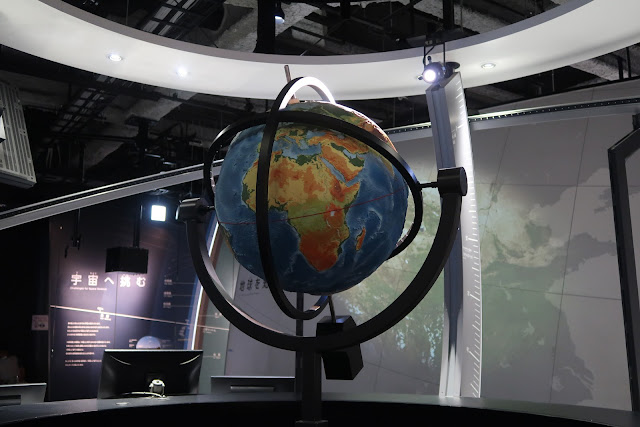
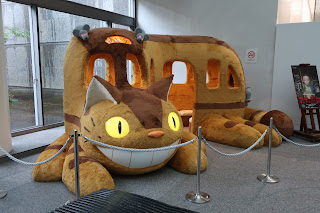

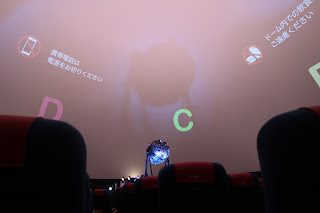
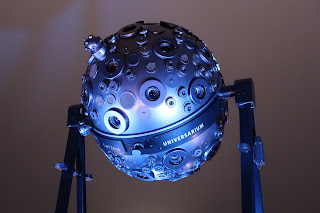
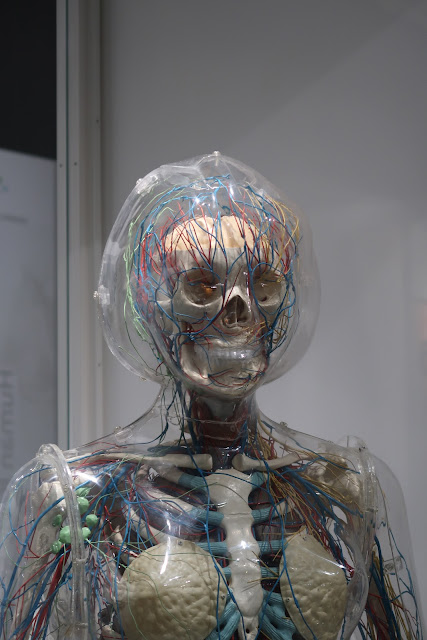
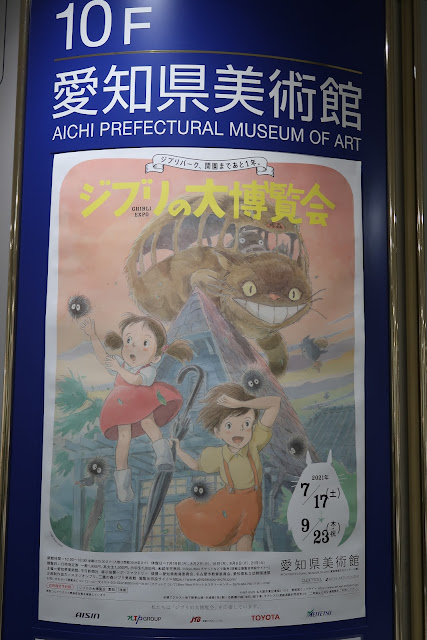
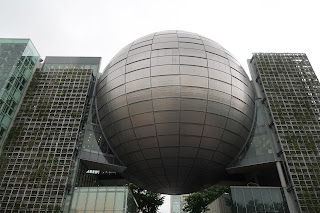
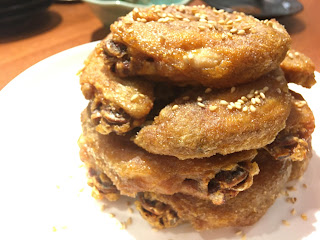











No comments:
Post a Comment